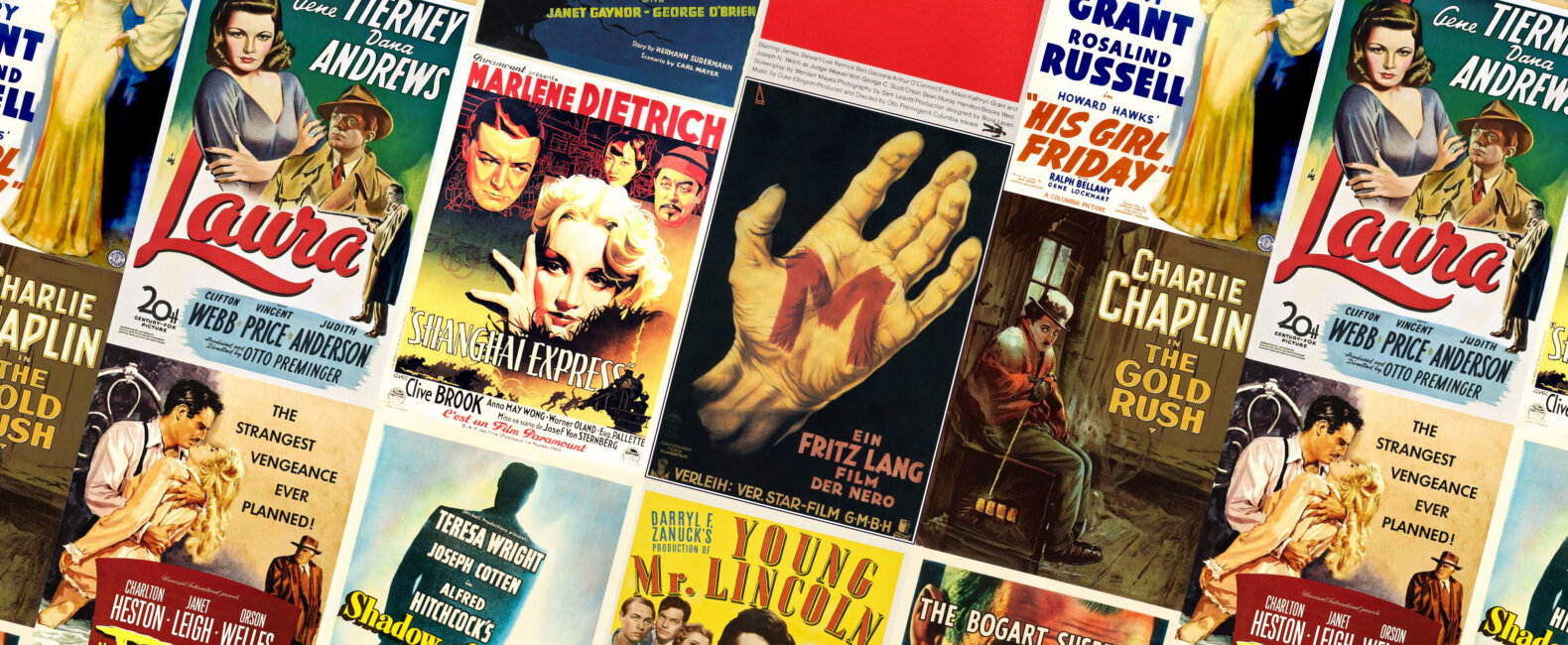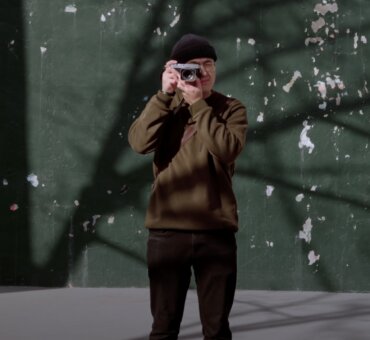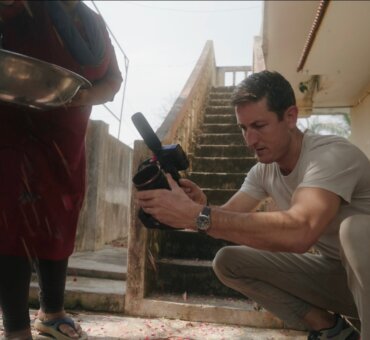As filmmakers, we all stand on the shoulders of giants. No matter how original or visionary you think your work is, odds are, you’re re-hashing an idea a filmmaker (or two) has used. And chances are, they’ve also borrowed that same idea from another filmmaker’s work a half-century ago.
Quentin Tarantino (who is often lauded by movie-goers as one of the most “original” filmmakers of his time) has said, “I steal from every movie ever made.”. And, as we’ve covered before, it’s not as if it’s a necessary evil—but rather an essential aspect of filmmaking. From the very first reel of film, the moving picture has been evolving, borrowing, molding, inventing, and re-inventing itself.
If film is to continue progressing, it’s crucial for current—and future—generations of filmmakers to not just know who its pioneers are, but to intentionally study their work. It’s a cliché to say, “The classics are classics for a reason,” but we so often forget what those reasons are. By knowing and revisiting our history as filmmakers, we’re able to learn key aspects of quality filmmaking. We can break apart why a director decided to tell this particular story, and glean insight into how they extracted its themes. In a sense, it allows us to travel back in time and into their minds.
Read on to learn more about the essential directors we believe every filmmaker to study.
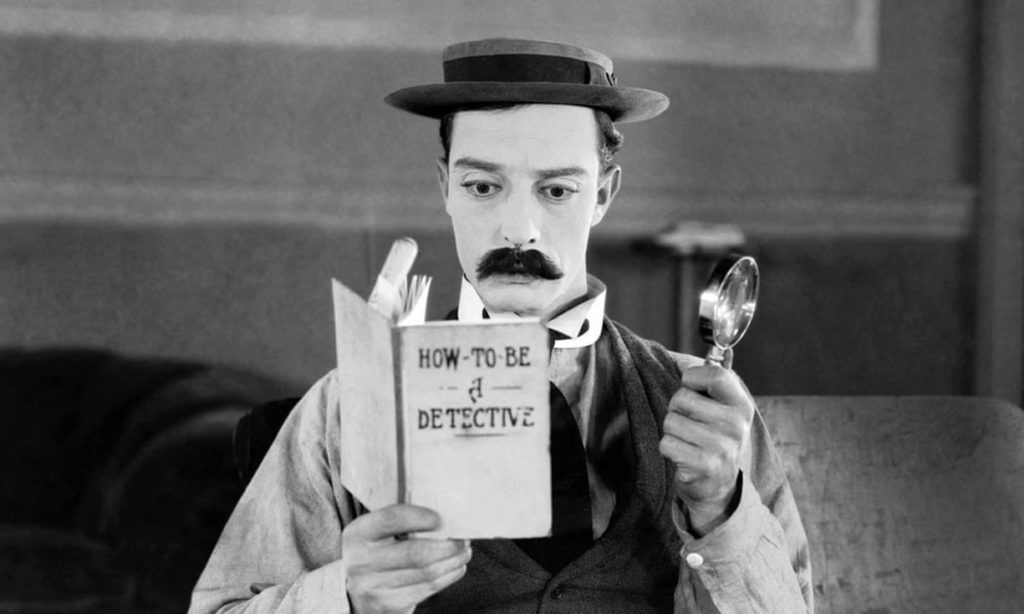
Silent Era
To experience filmmaking in its purest form, let’s go all the way back to its beginning, where the technology and tools available to filmmakers were a significant constraint. Only the greatest of them thrived and found success.
Many silent film directors innovated through visual techniques, with a century of visual comedy pulling pulled heavily from the comedic works of Buster Keaton and Charlie Chaplin. When they couldn’t speak to their audience through words, they communicated visually—to remarkably comedic effect. Other pioneering visual techniques can be found in some of the German filmmakers of the 20s; in director Fritz Lang‘s Metropolis and M, or in F.W. Marnau‘s The Last Laugh and Sunrise. In each of these films, every frame is a goldmine of insight into silent storytelling.
Throughout the silent film era, filmmakers like Lois Weber and Oscar Micheaux were prolific in their innovative and influential work. They were also trailblazers for future African-American and women filmmakers. En route to becoming the highest-paid director of the 1910s, Weber’s The Merchant of Venice made her the first female director of an American feature-film. She was later elected to the Motion Picture Directors Association—again, being the first female to do so. Regarded as the leading black filmmaker of the first half of the 20th century, Oscar Micheaux wrote, produced,and directed more than 45 films between 1919-1948. He’s credited for beginning the “race film” genre, and most of his work spotlights racial injustices faced by black people. Check out his 1920 film Within Our Gates, which is as bold as it is influential. It set the stage for the black indie films of the 1960s & 70s.
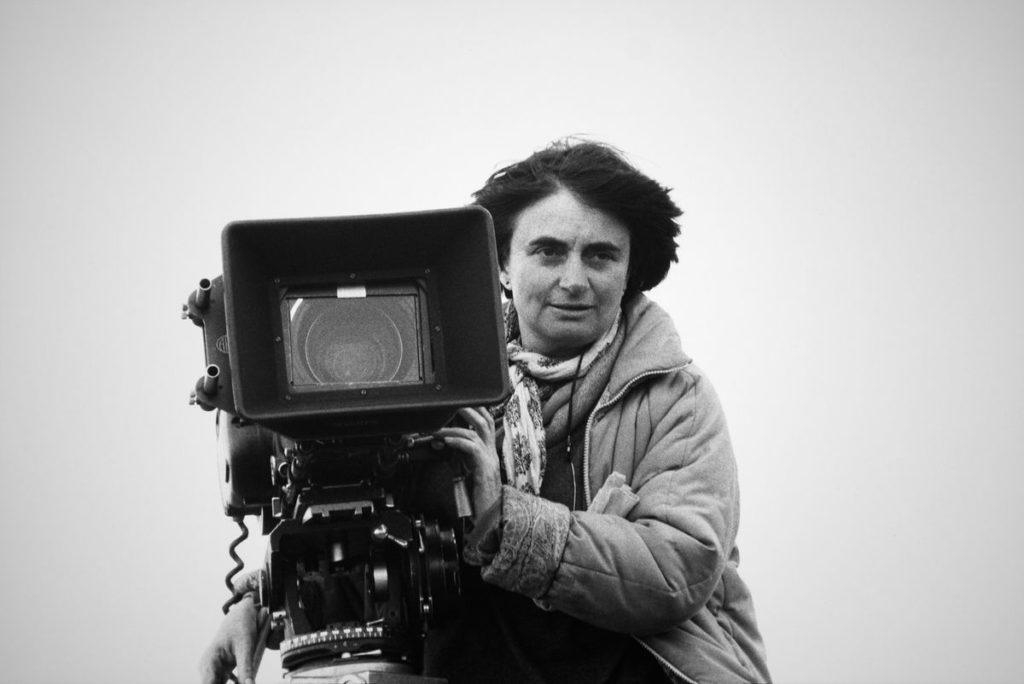
Post-Sound
In this era, limitations in equipment and production capabilities were still a big part of filmmaking, but the addition of sound meant filmmakers could begin to create films that were much more multi-dimensional. The ability to build character development through dialogue, as well as the innovation in sound design and editing, made films of this era entertaining. They inspired audiences in entirely new ways.
Sound dubbing led to filmmakers like Ernst Lubitsch expanding the structure of the medium; using visuals to play off diegetic sounds, and vice versa. The same traits apply to director Josef von Sternberg, notably in his 1932 film Shanghai Express. And any aspiring filmmaker would be remiss to not familiarize themselves with the filmography of Orson Welles. There’s a reason Welles’ Citizen Kane continually ranks among the top films of all time. He employed picture, sound—and the masterful editing of both—with groundbreaking, new camera moves and ways of framing shots so as to create a vibrant experience even without color.
Fast forward to the early 1950s, we see French filmmaker Agnès Varda beginning to revolutionize the post-sound era with her genre-shattering, unconventional film style. Leaning heavily into reflecting characters’ psychology, she was the stylistic founder of the massively-influential French “New Wave” film movement. Varda’s experimental genius left fingerprints on film that can be traced all the way up to major films of the modern era.
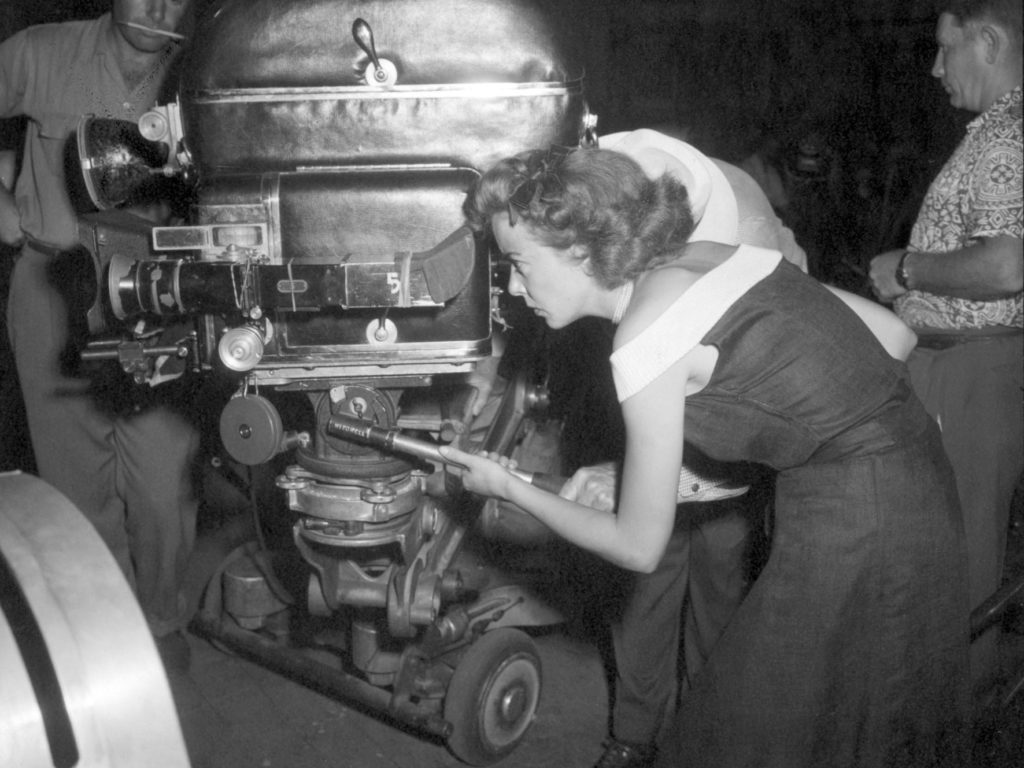
Golden Era
By the time the ‘40s and ‘50s rolled around, major studios had caught fire and the restraints were taken off. Spectacle was the name of the game. Even still, visionary directors were using the medium to say things-—and do things—that had never been done before.
With the financial resources afforded to filmmakers working in the modern studio system, they were free to produce the biggest spectacles possible. They built extravagant set designs, both on stage and in backlots.
Filmmaker John Ford used the newly-possible ability to shoot set pieces in color, creating masterpieces like The Searchers and She Wore a Yellow Ribbon. Alfred Hitchcock began writing the textbook on modern cinema with films like Vertigo and North by Northwest. Ida Lupino directed her masterpiece The Hitch-Hiker in 1953. The only true noir directed by a woman, she shot much of the movie from a car’s interior. Lupino used tight shots and lengthy close ups to create a claustrophobic atmosphere. Her films are regarded as precursors to independent filmmaking, inspiring the legendary work of John Cassavetes.
Perhaps the most influential filmmaker of his time—and one of the most influential to ever direct—Akira Kurosawa, directed approximately one film per year from the 1950s through early 1960s. Among his incredible filmography, you’ll find the classics Seven Samurai, Ikiru, and Yojimbo. Kurosawa has been heralded as an immense influence on filmmaking legends Werner Herzog, Andrei Tarkovsky, and—the master of capturing portraits in every frame— Stanley Kubrick.
It’s worth noting that this is not an end-all-be-all list of important directors. There are countless others who left important fingerprints on film that we didn’t cover. But, that’s another beautiful thing about the art—There are so many great filmmakers to discover. And in each of their works, something to learn.
These icons are great starting points, but we’d recommend you just go all-in, watching as many films as you can. Absorb as much as you can—from techniques to styles—and you will become a better filmmaker. You’ll start to gravitate towards the things you like, and eventually, will consciously or unconsciously begin applying them to your work. Do that, and you just might be a new innovator yourself.
Read our interview with another innovator in his own right, VFX Legend Robert Legato.















































































